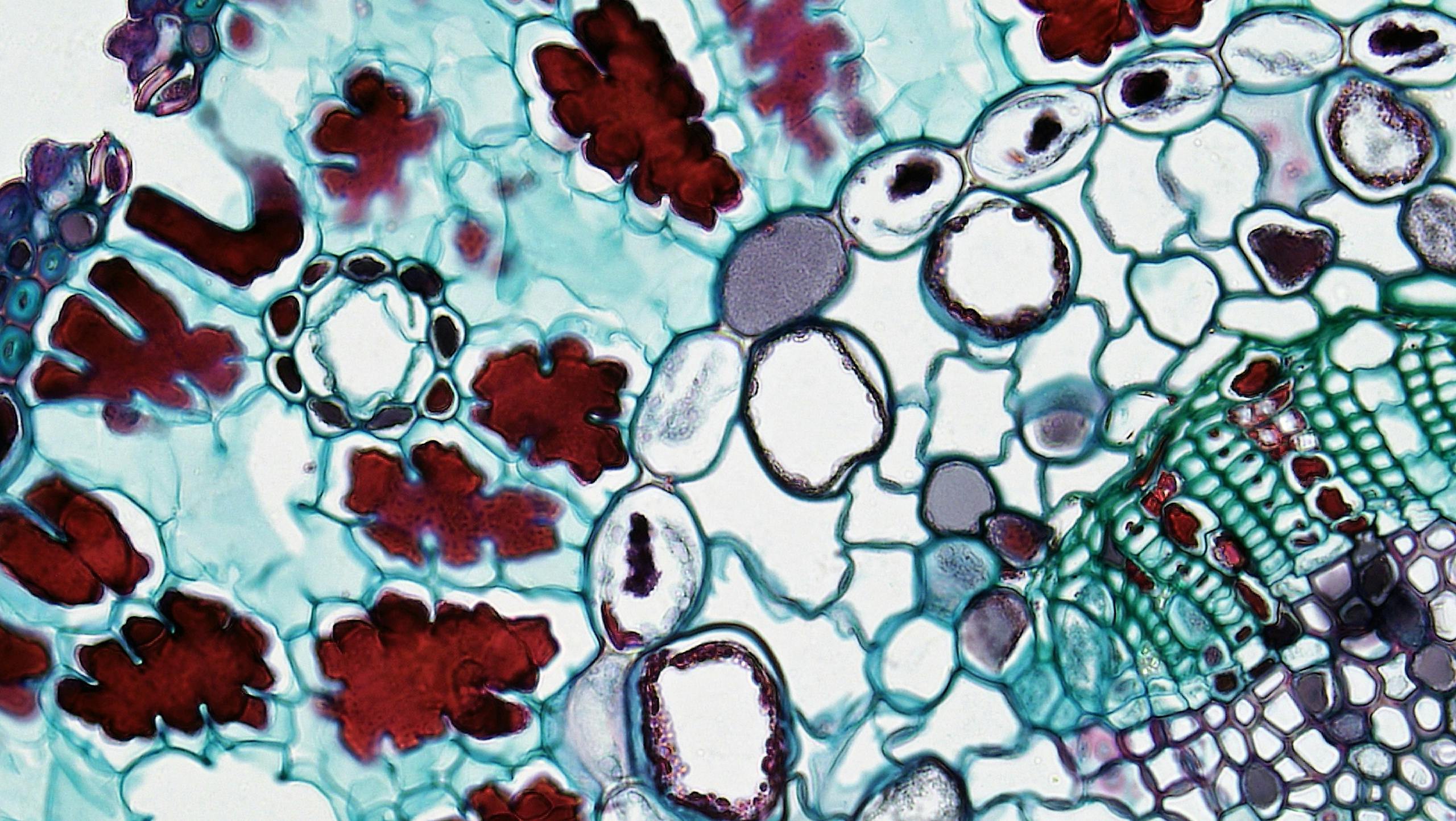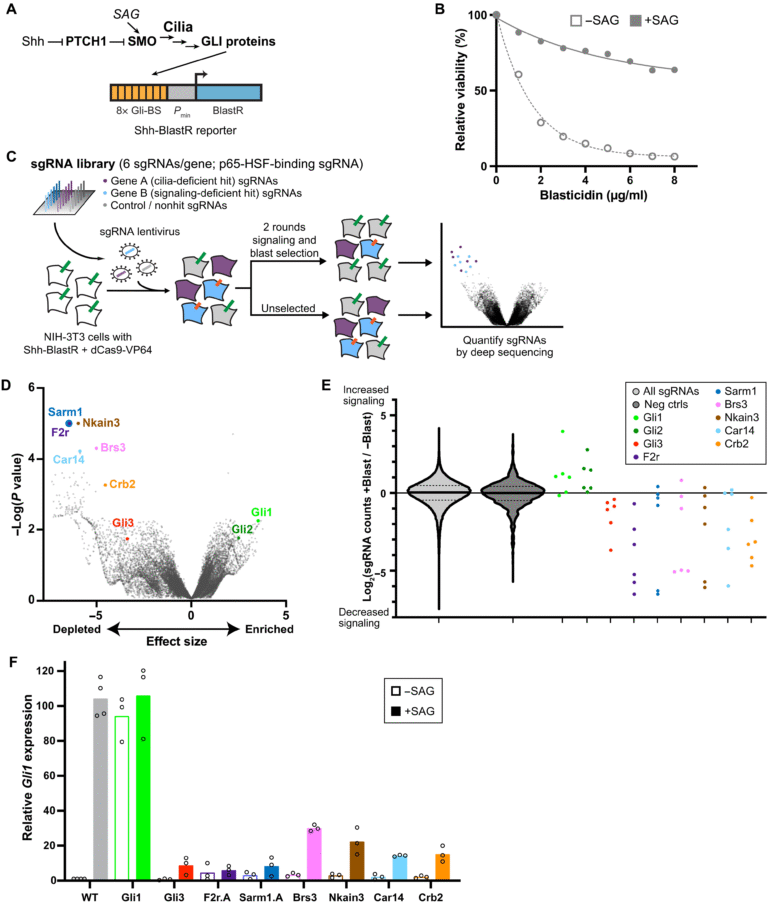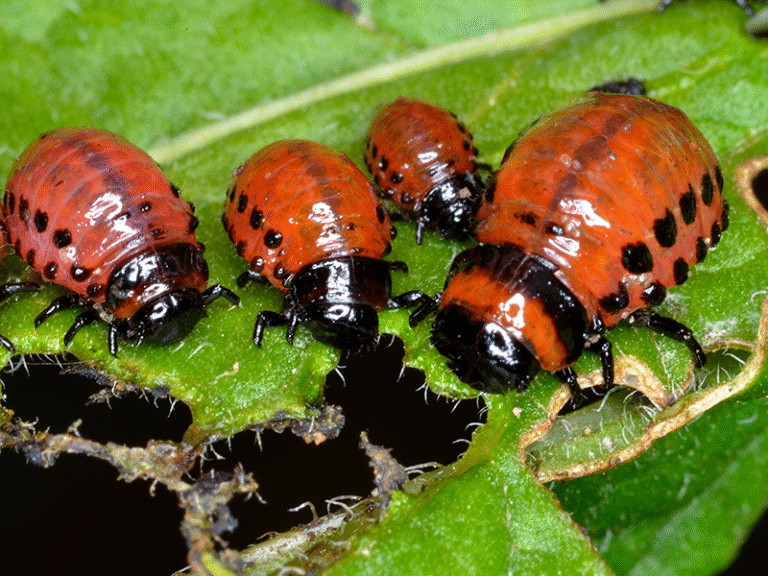Gut Bacteria Molecules Found to Compete for Control of Mammalian Cell Growth

Researchers at the University of Chicago have uncovered an extraordinary biological tug-of-war happening deep inside our cells — one driven not by our own genes, but by tiny bacterial molecules living in our gut. The study, published in Nature Cell Biology (2025), reveals how two compounds produced by gut microbes, queuine and its chemical precursor pre-queuosine 1 (preQ₁), compete inside mammalian cells to regulate protein synthesis and cell growth in completely opposite ways.
This discovery adds another fascinating layer to what we know about the gut microbiome, showing that its influence extends far beyond digestion or immunity — reaching into the very core of how our cells build proteins and divide.
Two Microbial Molecules, One Cellular Target
The research focuses on two bacterial metabolites from the same biochemical pathway. Both are part of a complex microbial process that starts with guanosine triphosphate, a building block of RNA. Along this pathway, bacteria produce several intermediate compounds, one of which is preQ₁, before eventually creating queuine.
Our own cells cannot make queuine. Instead, we depend on gut bacteria or dietary sources to supply it. Queuine is essential for a specialized type of chemical modification in our transfer RNAs (tRNAs) — molecules that act like translators, reading genetic code and assembling amino acids into proteins.
Among roughly 40 known tRNA chemical modifications, the queuosine (Q) modification is one of the most complex and critical. It allows ribosomes, the cell’s protein-making machines, to work with greater speed, accuracy, and resilience, especially under stress. Without queuine, our cells can’t install this modification, and translation efficiency drops.
But what happens when preQ₁, queuine’s precursor, gets involved? Until now, scientists had no idea that preQ₁ could enter mammalian cells and interfere with this delicate system.
When Bacterial Chemistry Turns the Tables
The University of Chicago team, led by Tao Pan, discovered that preQ₁ and queuine battle for the same cellular enzyme, a tRNA-modifying complex called QTRT1/QTRT2. This enzyme normally installs queuine into tRNAs to create stable, high-functioning molecules.
When preQ₁ sneaks into the picture, it competes with queuine for the same enzymatic site. The result? Faulty tRNAs. These “preQ₁-tRNAs” are unstable and quickly recognized as defective by the cell’s quality control enzyme, IRE1 — a stress-response RNase usually active in the endoplasmic reticulum, the cellular structure responsible for protein folding and transport.
IRE1 then destroys these malformed tRNAs, reducing the pool of functional tRNAs available for translation. This degradation slows down the production of key housekeeping proteins, effectively halting cell proliferation.
In contrast, when queuine is available, it restores proper tRNA modification, stabilizing translation and promoting normal cell growth.
So, the same bacterial pathway produces two molecules with opposite effects: preQ₁ puts the brakes on growth, while queuine hits the accelerator.
From Petri Dish to Living Mice
To test how this mechanism plays out in real biological systems, the researchers conducted a series of experiments in both cultured cells and mice.
They found preQ₁ in the plasma and tissues of mice, proving that it’s not just a bacterial byproduct trapped in the gut — it can travel through the bloodstream and reach other organs.
When mammalian cells were treated with preQ₁ in lab cultures, cell proliferation dropped sharply. But when queuine was added, growth resumed. The scientists then injected preQ₁ directly into live mice and observed that it not only circulated in the blood but also entered tissues and suppressed cell growth.
In tumor-bearing mice, preQ₁ significantly reduced tumor growth, suggesting that the molecule — or its mechanism — might have potential as a novel anti-cancer agent.
Interestingly, preQ₁ had the strongest inhibitory effect on dendritic cells, which are key immune cells that initiate immune responses. Even at low doses, preQ₁ completely stopped their proliferation, implying that bacterial metabolites could directly fine-tune immune system behavior.
Timing May Be the Key
The study proposes an elegant timing model.
When gut bacteria die and break down, preQ₁ is released immediately, whereas queuine takes longer to form because it needs additional enzymatic processing. This means mammalian cells likely encounter preQ₁ first — receiving a growth-slowing signal — followed later by queuine, which acts as a growth-promoting signal.
This sequence could serve a natural balancing function: slowing cell division when bacterial turnover is high, then stimulating recovery afterward. It might even help regulate immune responses or maintain tissue balance, depending on microbial activity in the gut.
Microbes in Charge of Our Protein Machinery
This discovery pushes the boundaries of what scientists thought was possible in host-microbe interactions. It shows that bacterial metabolites can influence tRNA modification, one of the most fundamental molecular processes inside our cells.
This is not just another example of microbes influencing our metabolism or mood — it’s a direct chemical intervention in the genetic decoding process itself.
By adjusting the balance between preQ₁ and queuine, microbes may be helping regulate when and how quickly our cells divide. It’s a form of microbial micromanagement that likely evolved to maintain symbiotic stability between host and bacteria.
Implications for Cancer and Immunity
Because preQ₁ suppresses cell growth, its behavior resembles that of a natural tumor suppressant. If scientists can find safe ways to manipulate preQ₁ levels, or mimic its effects selectively in tumor tissues, it could lead to new cancer therapies that exploit this microbial chemistry.
On the other hand, queuine’s ability to promote cell growth could be valuable in cases where tissue regeneration or immune cell activation is needed, such as after infections or in immune-deficiency conditions.
These opposing effects make the queuine-preQ₁ balance a promising therapeutic target. Future studies may explore whether dietary interventions, probiotics, or engineered bacteria could be used to fine-tune this equilibrium in the human body.
A Closer Look at tRNA Modifications
To appreciate how significant this discovery is, it helps to understand why tRNA modifications matter.
Every cell uses tRNAs to read the genetic code and link it to the correct amino acids during protein synthesis. But tRNAs are not simple molecules — they’re decorated with chemical modifications that determine how efficiently they function.
These modifications affect how the ribosome reads mRNA, how accurately it matches codons to amino acids, and even how stable the tRNA is. Problems in tRNA modification can lead to diseases like cancer, neurodegeneration, and metabolic disorders.
The queuosine modification specifically affects tRNAs that decode amino acids such as asparagine, aspartate, histidine, and tyrosine. By stabilizing these tRNAs, queuine helps maintain translation accuracy and protein homeostasis, especially during stress.
That’s why queuine’s absence — or preQ₁’s interference — can cause significant disruptions in protein synthesis and cell growth.
The Bigger Picture: Gut Chemistry Meets Gene Expression
This study adds to a growing body of evidence that the gut microbiome can directly influence gene expression and cellular physiology in ways we’re only beginning to understand.
We already know gut bacteria produce vitamins, short-chain fatty acids, and neurotransmitters that affect our metabolism and brain. But the discovery that they also produce metabolites that hijack tRNA modification enzymes brings microbiome science into a new dimension — one that links microbial chemistry to molecular genetics.
It’s a powerful reminder that our bodies are not just human; they’re ecosystems, and our microbes are active chemical partners shaping how we function.
The Path Ahead
While the findings are groundbreaking, there’s still much to learn. Scientists need to determine how preQ₁ and queuine levels fluctuate in humans, which bacterial species produce them, and how diet and antibiotics influence their balance. They also need to assess potential side effects of manipulating these molecules therapeutically.
Still, the discovery that two gut-derived compounds can compete inside our own cells for control of protein synthesis opens an entirely new research frontier — one that connects microbiology, molecular biology, and medicine in a single thread.
Research Reference:
Two microbiome metabolites compete for tRNA modification to impact mammalian cell proliferation and translation quality control – Nature Cell Biology (2025)





